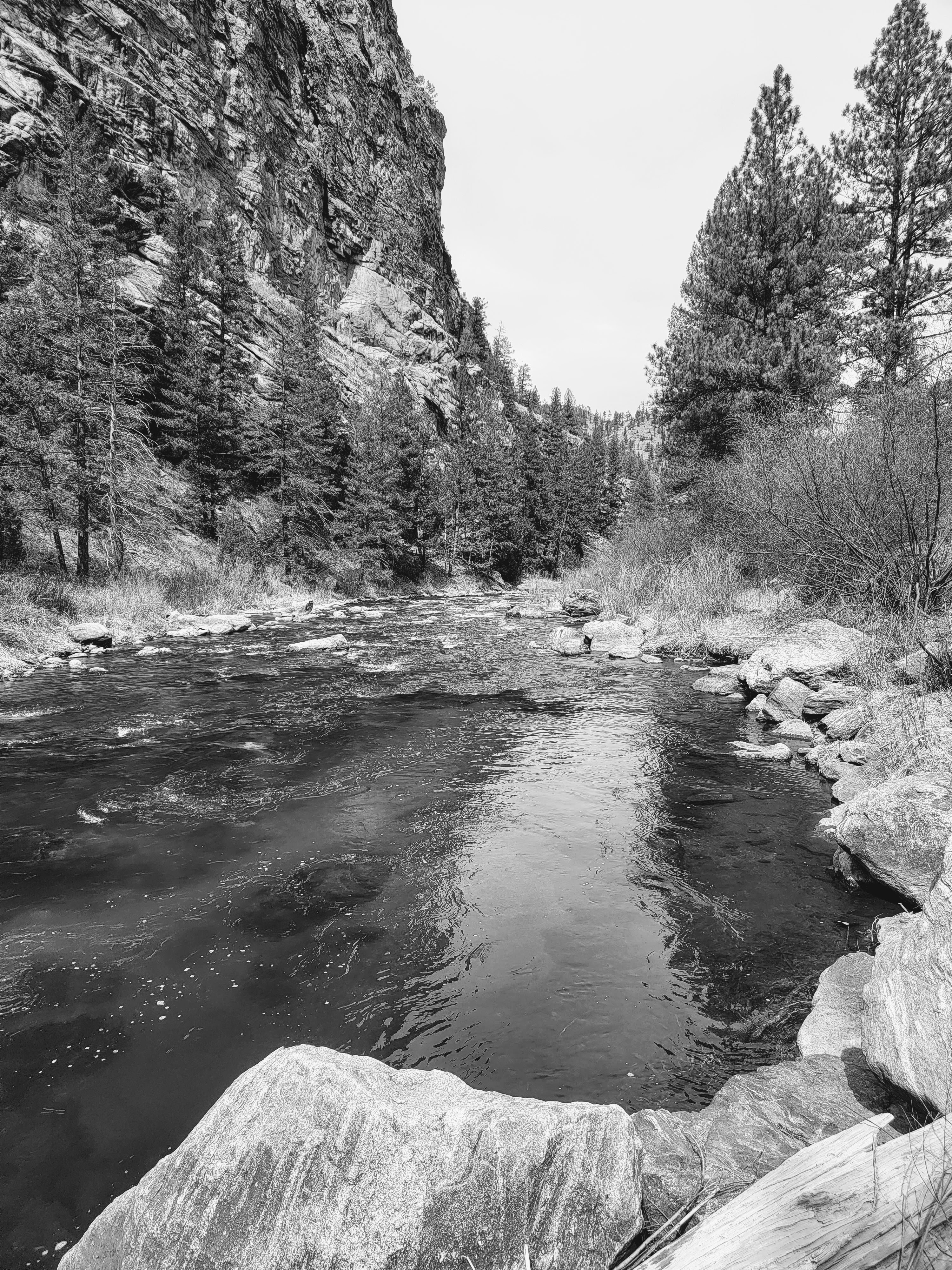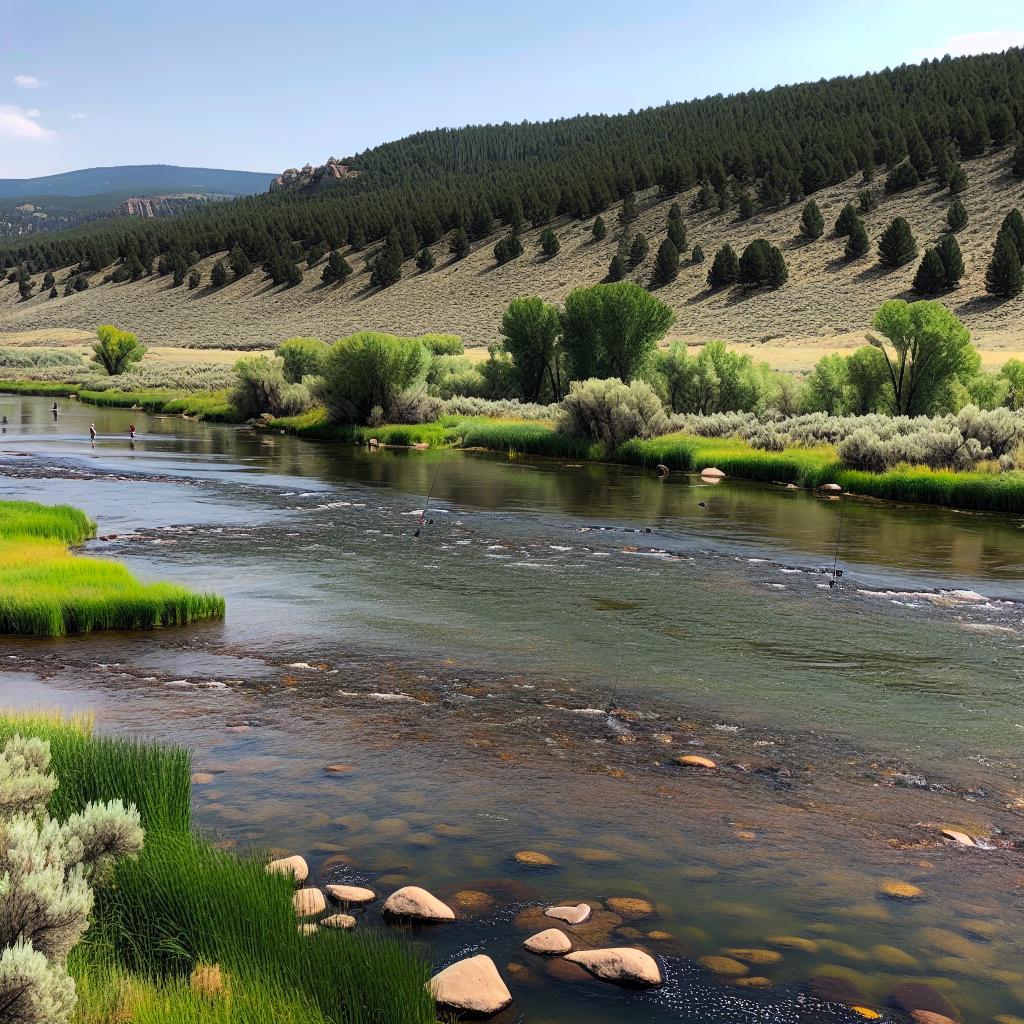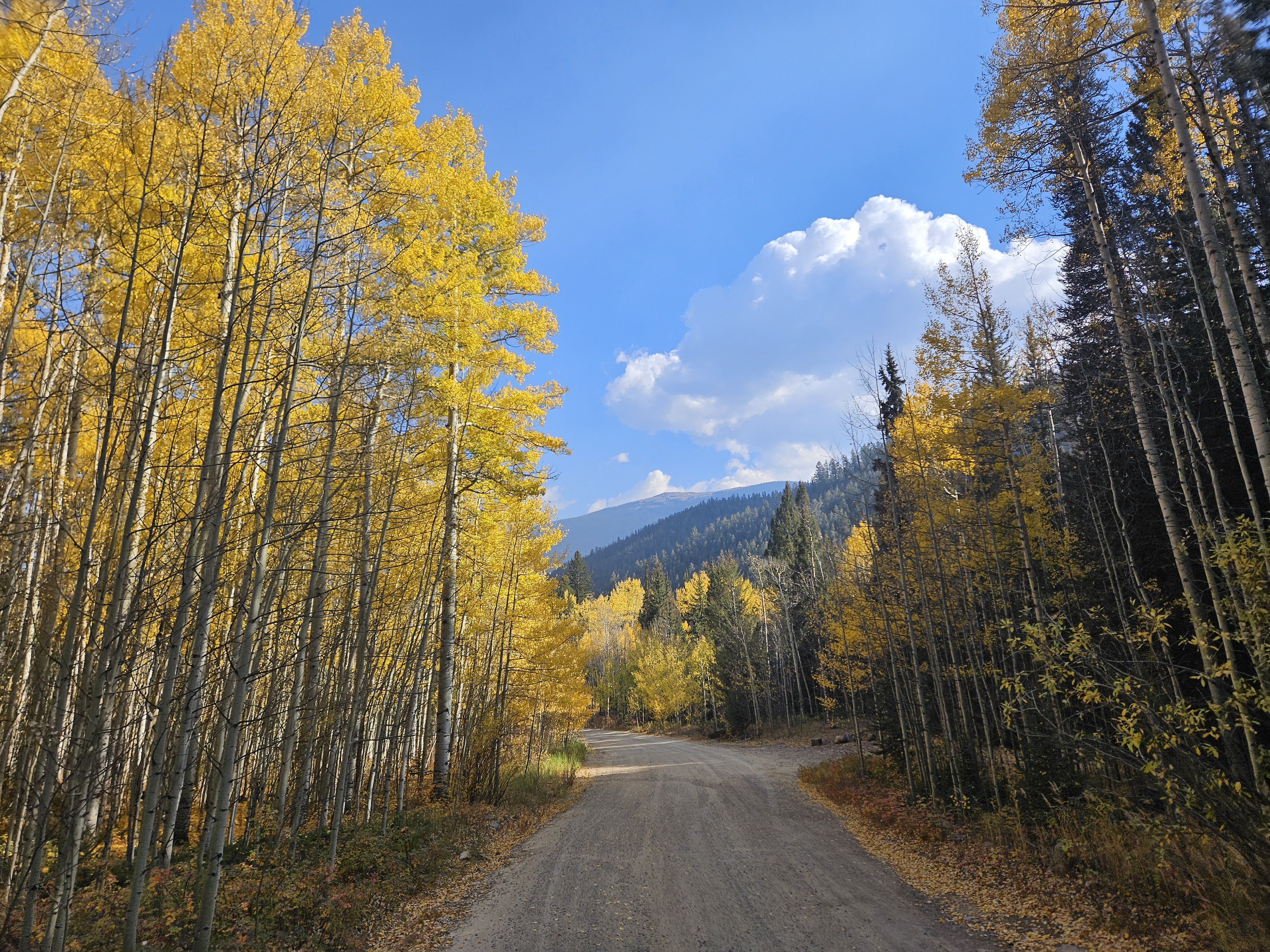Fly fishing in Colorado's high alpine creeks is a fantastic way to experience the beauty and thrill of the great outdoors. But it can be a little daunting if you're new to the sport. That's why expert tips can be invaluable. With the right advice, you'll be able to cast your line with confidence and increase your chances of success. So, whether you're an experienced angler or a beginner, these expert tips will help you make the most of your fly fishing experience in Colorado's high alpine creeks.
Choosing the Right Gear
When venturing into Colorado's high alpine creeks, picking the right gear is your ticket to an epic fishing adventure. Start with a lightweight and sensitive fly rod that's got the finesse for these petite streams—a 3-5 weight rod should be just the right wizard's wand. Pair it with a reel that matches and a floating fly line that’ll keep you in the game. And let’s talk flies—they’re like the appetizers on a fish's menu. Pack a variety of patterns—dry flies, nymphs, and streamers—to charm the fish during different insect hatches and feeding frenzies. Oh, and don’t forget to sport some sturdy wading boots, chest waders, and polarized sunglasses. Trust me, you'll want to see the fish before they see you.
Now, let's chat about the fishing line. The crystal-clear waters of these alpine creeks mean the fish are as skittish as a cat in a room full of rocking chairs. Go for a lighter, nearly invisible line to up your stealth game. Fluorocarbon leaders and tippets are your best pals here, blending seamlessly into the water. And pack all this gear in a comfy and durable fishing backpack so you can roam hands-free and focus on the perfect cast.
Understanding Local Fish Species
To reel in a successful fly fishing trip in Colorado's high alpine creeks, you've got to get cozy with the local fish species and their quirky behaviors. You'll be casting for brook trout, brown trout, and rainbow trout—each with its own personality and preferences.
Brook trout are the flashy little extroverts of the stream, always ready to snap up both dry flies and nymphs. Their vibrant colors and aggressive nature make them the life of the party in smaller streams. Brown trout, however, are the introverts—hanging out in deeper pools and playing hard to get. These cautious fellas can be tempted with dry flies, nymphs, or streamers if you’ve got the patience and technique. Rainbow trout are the acrobats, putting on a show with their leaps and bounds. Found in both small and large creeks, they’re versatile diners that enjoy dry flies, nymphs, and even streamers.
.png?width=800&height=450&name=Untitled%20design%20(11).png)
By getting to know these fishy characters and their habits, you'll be able to pick the right flies and techniques to lure them in. Keep an eye on each species' hatch patterns and feeding frenzies to up your chances of landing that dream catch.
Navigating High Alpine Terrain

When fly fishing in Colorado's high alpine creeks, it's essential to be prepared for the unique challenges of the terrain. These creeks are often located in remote and rugged areas, and some navigation skills are required to access them.
Before heading out, make sure to research and plan your route. Study maps, trail descriptions, and any available information about the area. Be aware of any regulations or restrictions, such as fishing permits or catch limits. It's also a good idea to check the weather forecast and be prepared for changes in weather conditions, as high alpine areas can be unpredictable.
When hiking to the fishing spot, pack light, but don't forget essential items like water, snacks, sunscreen, and a first aid kit. It's also recommended to bring a compass or GPS device to help you navigate the terrain. Stay on designated trails to prevent damage to the delicate alpine ecosystem, and always practice Leave No Trace principles.
Once you've reached the creek, be cautious when wading. The water can be cold and swift, so use a wading staff for stability and safety. Take your time and carefully choose your steps to avoid disturbing the fish or damaging the creek bed. It's essential to respect the environment and leave it as you found it so that future generations can enjoy the beauty of these high alpine creeks.
Mastering Fly Casting Techniques
Mastering fly casting techniques is essential for a successful fly fishing experience in Colorado's high alpine creeks. These creeks are small and tight, requiring precision and accuracy in your casts.
Practice your casting skills before your trip to improve your accuracy and presentation. Focus on short and accurate casts, as long casts may not be necessary in these small creeks. Learn different casting techniques, such as roll casting, sidearm casting, and bow and arrow casting, which can be helpful in tight spaces with overhanging vegetation.
Be mindful of your surroundings to avoid getting tangled in trees or bushes when casting. Use a sidearm or underhand cast to keep your line low and reduce the chances of snagging. Remember to use a gentle and delicate presentation, as the fish in these creeks can be easily spooked.
Experiment with different fly patterns and retrieve techniques to entice the fish to strike. Pay attention to any natural insect activity and try to mimic it with your fly choice and presentation. The more you practice and adapt your casting techniques to the unique conditions of high alpine creeks, the more successful your fly fishing trips will be.
Respecting Conservation Practices

When fly fishing in Colorado's high alpine spring creeks, it's crucial to respect conservation practices to preserve the delicate ecosystem and ensure the sustainability of the fish populations. But seriously, folks, PACK YOUR SH*T OUT. We spend our time leaving the River picking up other trash. If you go out, pack it out. No excuses.
First and foremost, practice catch and release. These creeks are often home to wild and native trout populations, and releasing them unharmed helps maintain their numbers and genetic diversity. Handle the fish gently and minimize their time out of the water. Use barbless hooks to make hook removal more accessible and reduce potential harm to the fish.
Be mindful of the environment and pack out all your trash, including any fishing line or tippet materials. Dispose of waste properly and leave no trace of your presence. Avoid trampling vegetation and stay on designated trails to minimize your impact on the fragile alpine ecosystem.
Respect the regulations and fishing restrictions in place. Familiarize yourself with the fishing regulations for the specific creek you are fishing in, and adhere to catch limits and size restrictions. Follow any posted signs or guidelines to protect the habitat and ensure the longevity of the fish populations.
.png?width=300&height=100&name=Copy%20of%20Rise%20Beyond%20Logo%2012.31.24%20(300%20x%20100%20px).png)
.png)


